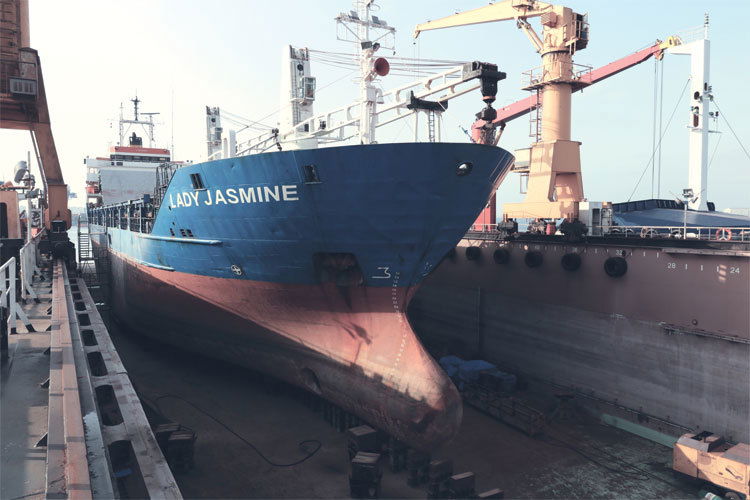Vessel & Equipment Valuation Services

Leeships ship valuation services:
The team of engineers at Leeships have been appointed by banks, investment houses, shipowners, insurance companies and auctioneers to asses and establish the value of commercial vessels, offshore installations, port assets and pleasure craft.
Leeships offer 3 different types of valuations:
1. Paper valuation:
A paper valuation is based on the vessel or asset specifications, together with recent market intelligence and future market predictions. The process involves in depth data correlation and analysis. A paper valuation can take 5-7 working days to complete.
2. Physical valuation:
A physical valuation involves a full physical inspection of the vessel. A paper valuation can take 5-15 working days to complete depending on where and when the vessel may be safely accessed for inspection.
3. Commercial valuation:
A commercial valuation is based on the earning capacity of the vessel or asset and takes into account the remaining useful life. Commercial valuations are useful for cashflow planning.
4. Scrap valuations:
A scrap valuation is based on the current scrap value of the vessel taking into account the vessel details, position or location, condition and scrap price at a specific time.
5. Historic valuations:
Historic valuations are used in court cases, and have been prepared for legal and insurance related matters. These can be complex and take time to prepare.
From an economic point of view, due to their functional and design characteristics, all ships should be considered (and valued, too) as a special category of machinery and equipment which requires its own valuation methods.
We have extensive experience in vessels valuation and provide professional valuation services in regard to various types of vessels - sea-craft, river-craft, vessels of mixed-navigation, both self-propelled and towed. This includes valuation of vessels under construction, in service, out of service, as well as wrecked vessels. We also value different vessel components, such as bare hulls, engines, etc.
List of documents and information required for ship valuation purposes:
Year and place of construction
Register class and register number
Function of the ship
Details of the ship-owner
Copies of the documents evidencing ownership of the ship
Gross and net book value (if owned by a legal entity)
Length, beam, depth, draft
Displacement
Deadweight
Capacity
Fuel distance endurance
Number of decks and watertight bulkheads
Hold (function, temperature, capacity)
Number and dimensions of cargo hatches
Sea stores
Main engine (type, model, power)
Auxiliary and emergency engines (type, model, power)
Propulsion devices (type, quantity, material)
Propulsion reduction gear (model)
Boilers (quantity, output, pressure)
Brief specifications of sea-borne machinery (cargo gear, winches, anchor gear, steering gear)
Life saving equipment (type, model, quantity, capacity)
Fishing equipment (if any/if applicable)
Vessel network power supply units (if any/if applicable)
This list of documents and information is preliminary and may be reduced or expanded after the valuer’s detailed review of the valuation assignment, depending on the purpose of valuation and type of the vessel.


